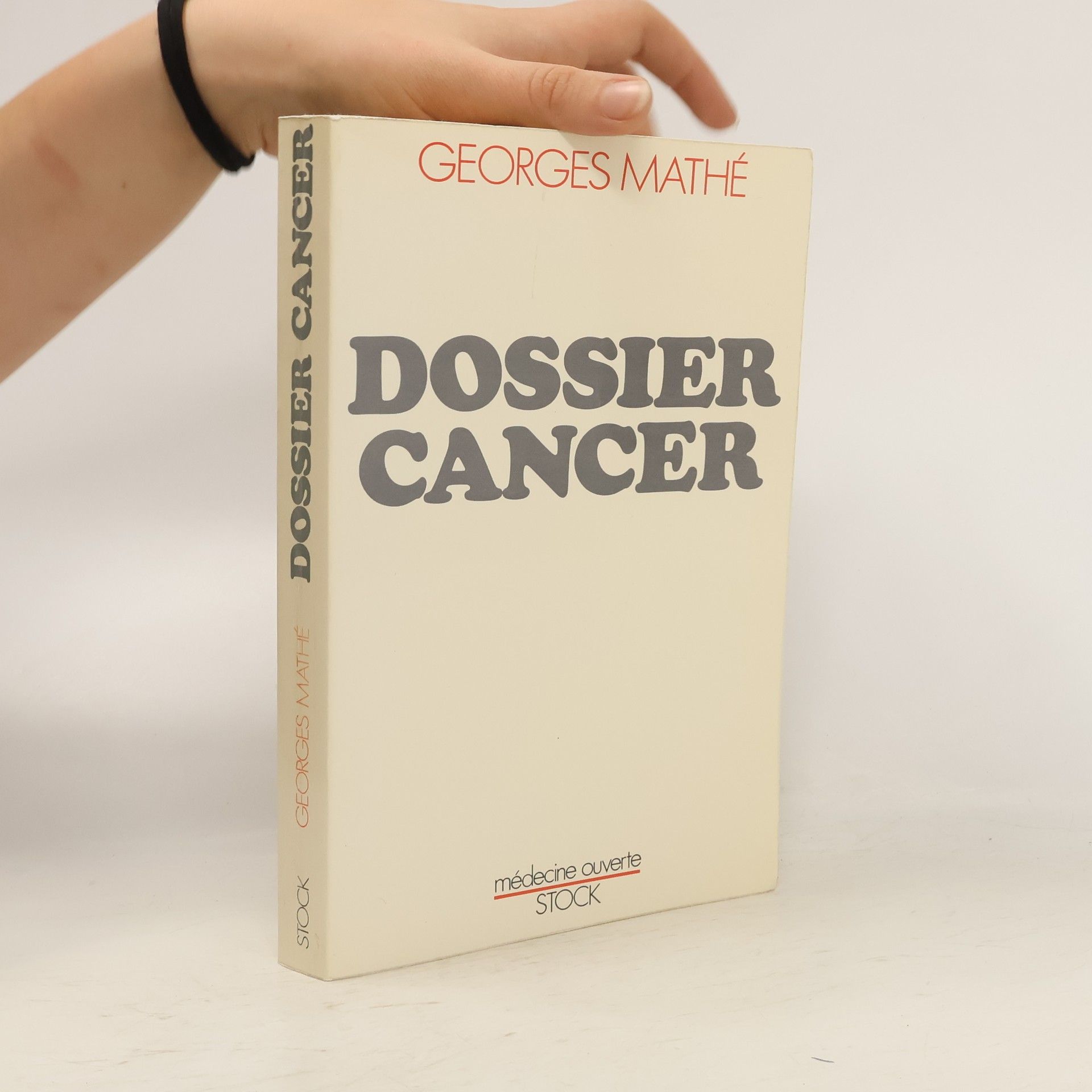Georges Mathe Livres



The 1969 Proceedings of the Plenary Session of the European Organization for Research on Treatment of Cancer have been divided between two volumes of a com pletely different nature. Volume 29, Aseptic Environments and Cancer Treatment, deals not only with the treatment of all types of cancer but also with aplastic treatment of bone marrow and certain other pathological conditions, such as immunological insufficiency, bums etc. Hence the volume will be of interest not only to carcinologists and haematologists but also to paediatricians, surgical units, intensive-care units, hospital administrators and architects and engineers who specialize in hospital design and equipment. Volume 30, Advances in the Treatment of Acute (Blastic) Leukemias, deals with a particular form of cancer and will have a more restricted readership of carcinologists specializing in leukemia and all haematologists. Paris, April 1970 GEORGES MATHE Contents Introduction. G. MATHE. 1 Five Years Experience of the Clinical Use of a Pathogen-Free Isolation Unit. G. MATHE, M. SCHNEIDER, 1. SCHWARZENBERG, J. 1. AMIEL, A. CATTAN, J. R. SCHLUMBERGER, M. HAYAT, F. DE VASSAL, CL. JASMIN, and CL. ROSEN- FELD. With 3 Figures . 3 Protected Environments and the Use of Antibiotics. H. E. M. KAY, J. BYRNE, B. JAMESON, and J. LYNCH . 14 Protected Environment, Prophylactic Antibiotics and Cancer Chemotherapy.
Hardbound. Tumor epidemiology has traditionally used an analytical approach. In order to study the role played by endogenous factors, such as the biological response to tumors, and genetic and physiological factors, a new approach is required. The retroviruses and oncogens illustrate the need to integrate the study of endogenous and exogenous factors in cancer epidemiology. The new ap proach proposed to cancer epidemiology could hopefully have relevant results, for instance in regard to iatrogenic tumors or tumor prevention. If the reason why most secondary tumors are either acute myeloid leukemias or lymphomas can be understood, it may be possible to prevent these iatrogenic tumors now seen in almost 10 per cent of long term survivors.